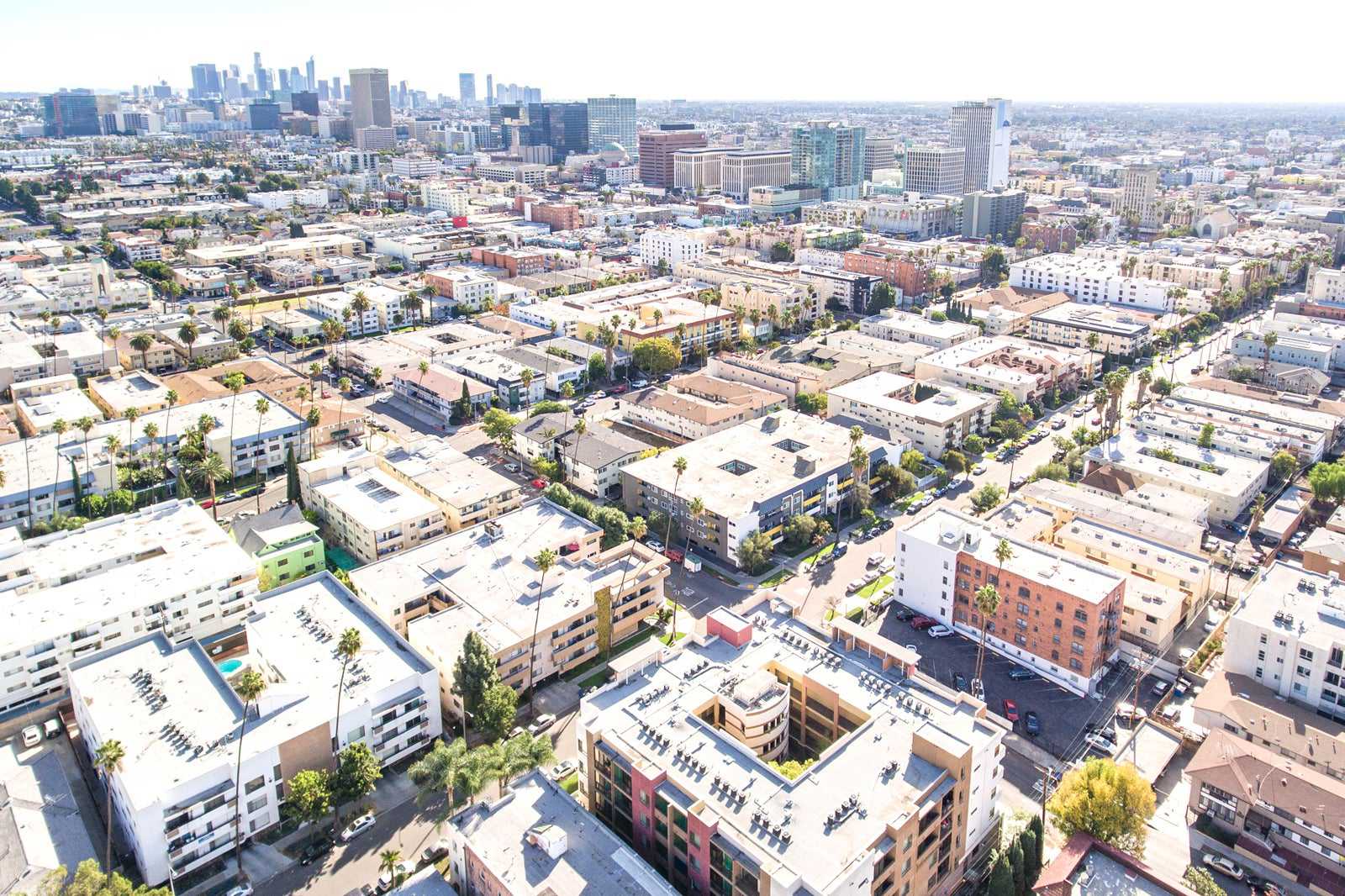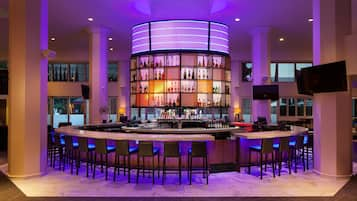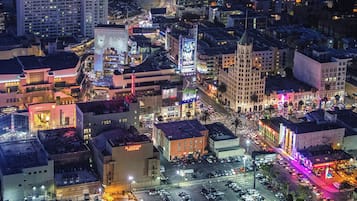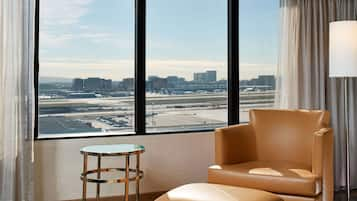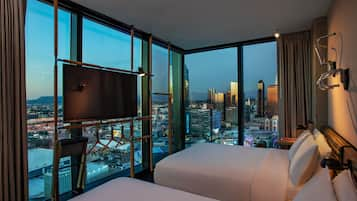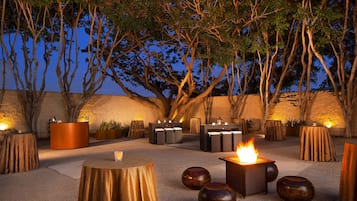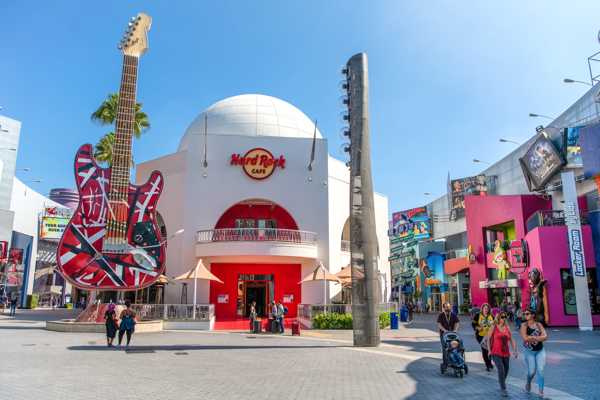Koreatown offers a vibrant and exciting nightlife with casual dining establishments that are open 24/7, karaoke joints, and even throwback speakeasies as well as music venues and historic attractions. K-town offers a quirky and unique blend of historic buildings with ultramodern attractions, from spas to boba tea cafés, speciality grocers, speakeasies, and flashy modern dance clubs. Though it's certainly a cultural area, this area offers a complex and diverse community full of intriguing attractions.
Koreatown covers just 2.7 square miles in total but packs so much more into its borders than you'd expect. It's all the fun of a whole holiday packed into a small space, and whether you're looking for a romantic yet exciting getaway for 2 or you're a single traveller looking to party the night away, you'll find the opportunity for entertainment, food, shopping, dancing, and fun all right here in this area.
Koreatown In Los Angeles - one of the highlights of 10 Most Popular Neighbourhoods in Los Angeles (Read all about Los Angeles here)

Exciting highlights of Koreaton
Koreatown boasts lots to see and do, from ultracool lounges to famous LA theatres and Korean barbecue bistros. You can start your trip with a visit to the Wiltern Theatre, which has hosted music video premieres and concerts from A-list performers like Adele. From there, be sure to hit the Korean American National Museum to learn about the impact Koreans have had on American culture over the years.
If you're looking for the cultural centre of K-town, head for Koreatown Plaza, an Asian-styled shopping centre that's a hot spot for locals and features a wide range of shops, from big names to indie craft stores, and has a vast food court. It's the soul of K-town's shopping culture. You can also hit any number of authentic Korean barbecue places, from casual to upscale, and every resident has their own idea of which is the best.
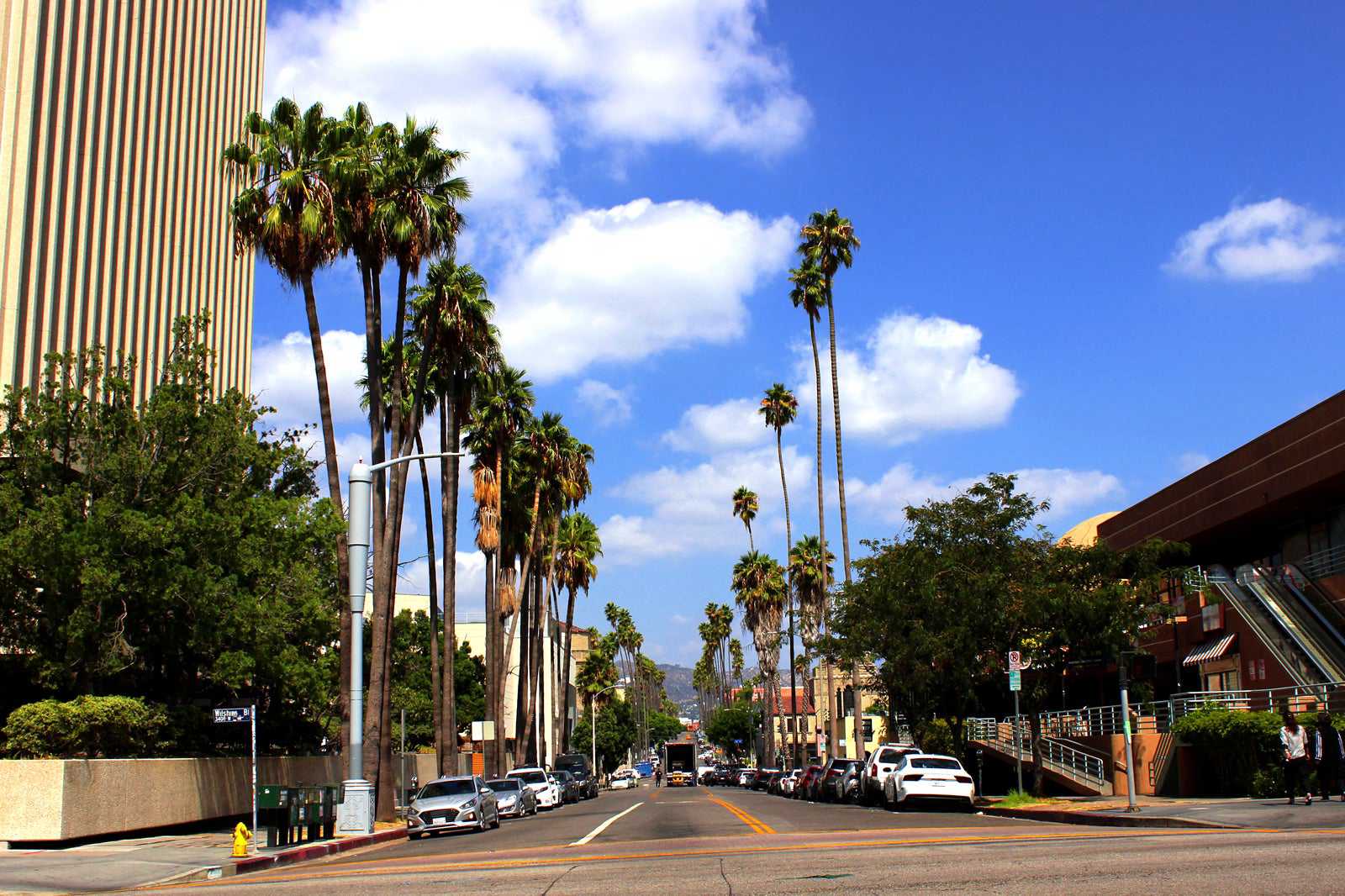
History of Koreatown
The first influx of Korean immigrants arrived in Los Angeles in the early 1900s. What began as a trickle eventually reached hundreds, and they created communities around ethnic churches, restaurants, and community groups with businesses such as food markets thriving. Koreatown's geographic location was originally created by racial boundary laws, but even after these restrictions were removed in 1965, the community continued to thrive. At one point in time, it was an epicentre of the golden age of Hollywood.
The area has survived riots, urban decay, and segregation and has arisen as one of LA's premier cultural hubs. The economy of Koreatown is heavily driven by commercial enterprises; that is, its theatres, museums, shopping areas, and, especially, restaurants. Koreatown also has strong ties to the local Latino culture. It's a vibrant and ethnically diverse place to make memories that can last a lifetime.

What to know before you visit Koreatown
Koreatown is a commercial centre with one of the highest concentrations of large shopping centres in the United States. Shopping venues here do cover big name brands, but the emphasis is on home goods, skin care, markets, and, of course, the musical style K-pop. Peppered amongst these malls, you'll find everything from trendy dessert shops and cafés to entertainment venues.
As with many areas, it's a good idea to travel Koreatown in groups and remain in populated and designated areas. It's not a place to explore back alleys, but if you remain in the visitor-friendly areas, it's completely safe and you can have a great time. Many of the venues like shopping centres and restaurants are family friendly, and the kids are sure to love the K-pop places. For the most part, while service animals will be permitted in many establishments, pets should be kept outside and on leashes.
